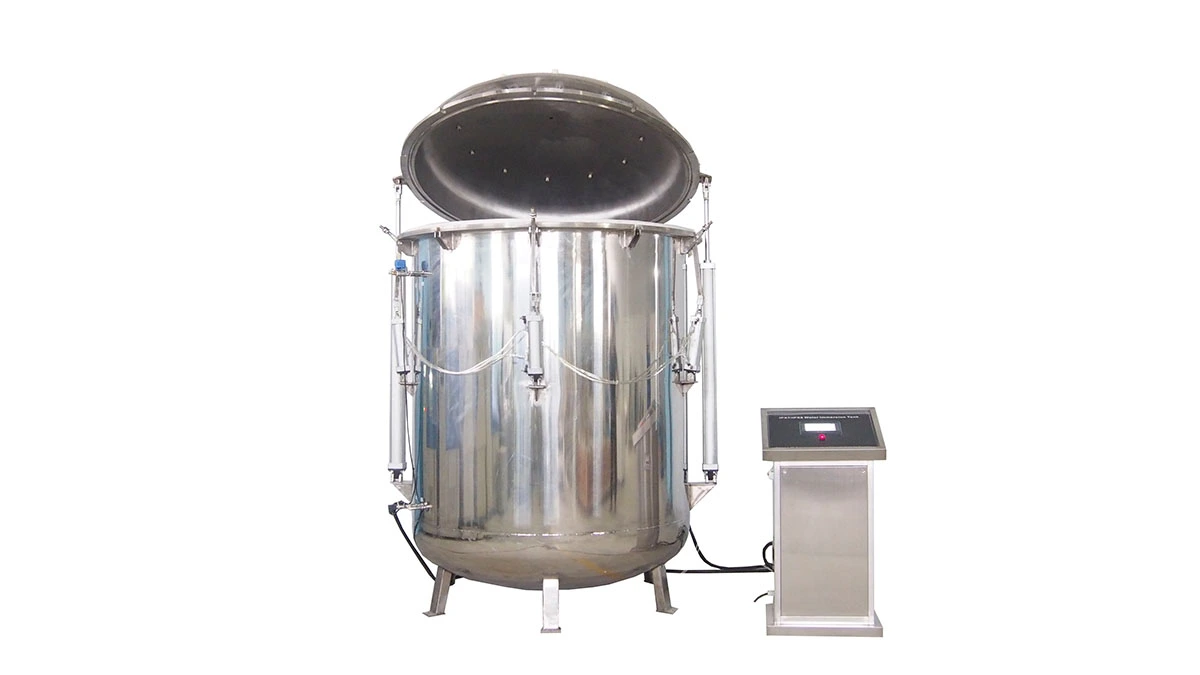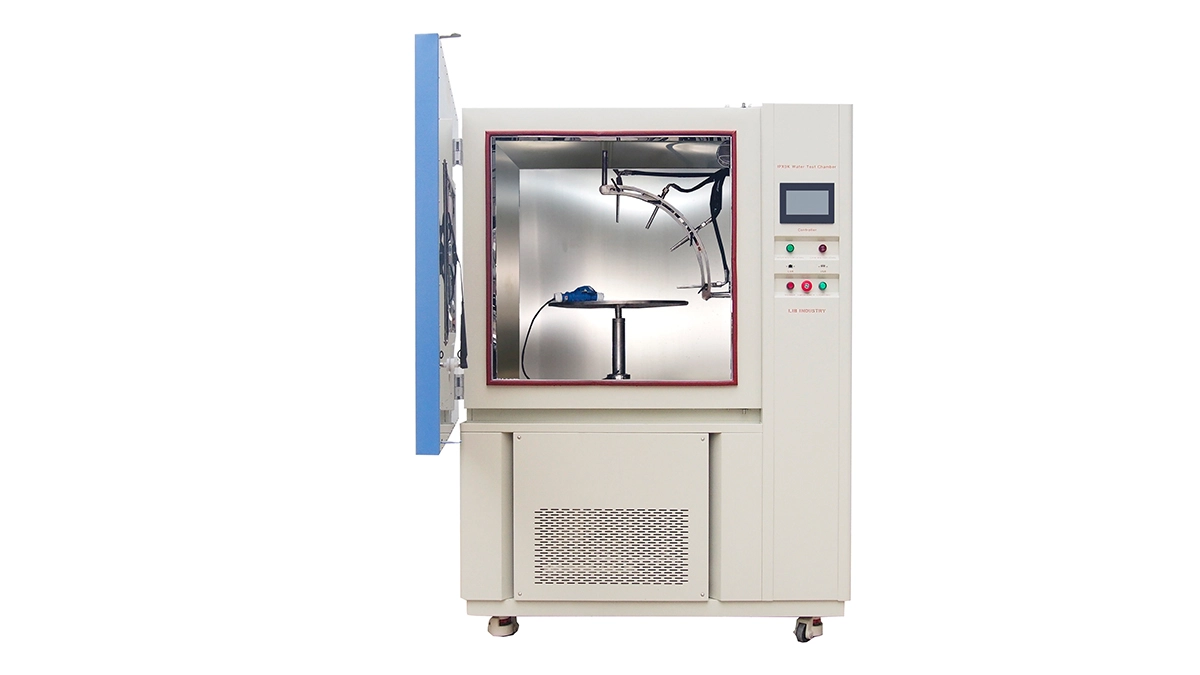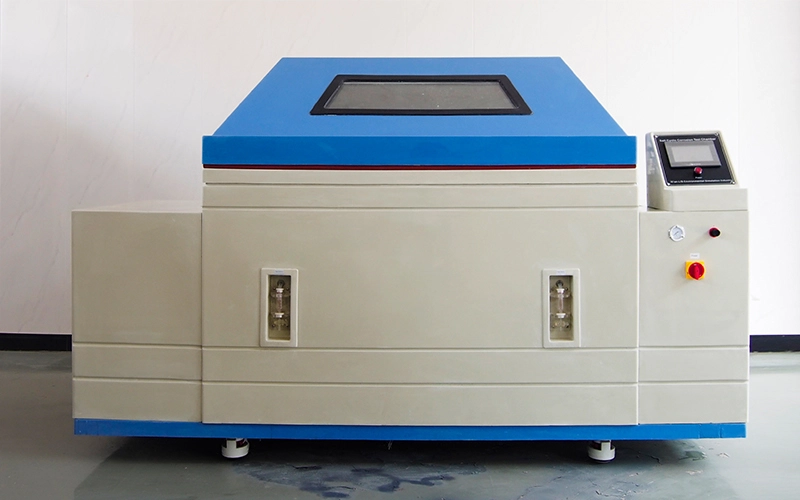
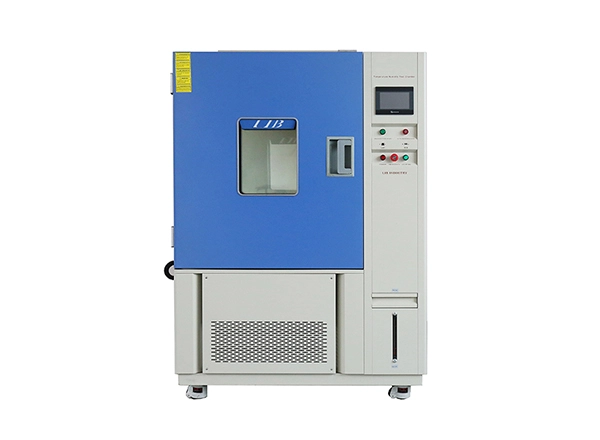
Many pharmaceutical companies have traditionally used stability chambers for testing and may be unfamiliar with walk-in stability chambers, or have never seen one in person. So, what factors should be considered when choosing a walk-in stability chamber?
The primary reason most pharmaceutical companies choose a walk-in stability chamber is to meet the long-term testing requirements for active pharmaceutical ingredients or finished products (25°C±2°C/60%RH±5%RH). Next, it’s to support accelerated testing (40°C±2°C/75%RH±5%RH), while intermediate testing (30°C±2°C/65%RH±5%RH) or conditions for the fourth climatic zone (30°C±2°C/75%RH±5%RH) are less frequently needed. Temperature control in a walk-in stability chamber is relatively easy to achieve. However, humidity control is a significant challenge that requires advanced equipment design and performance.
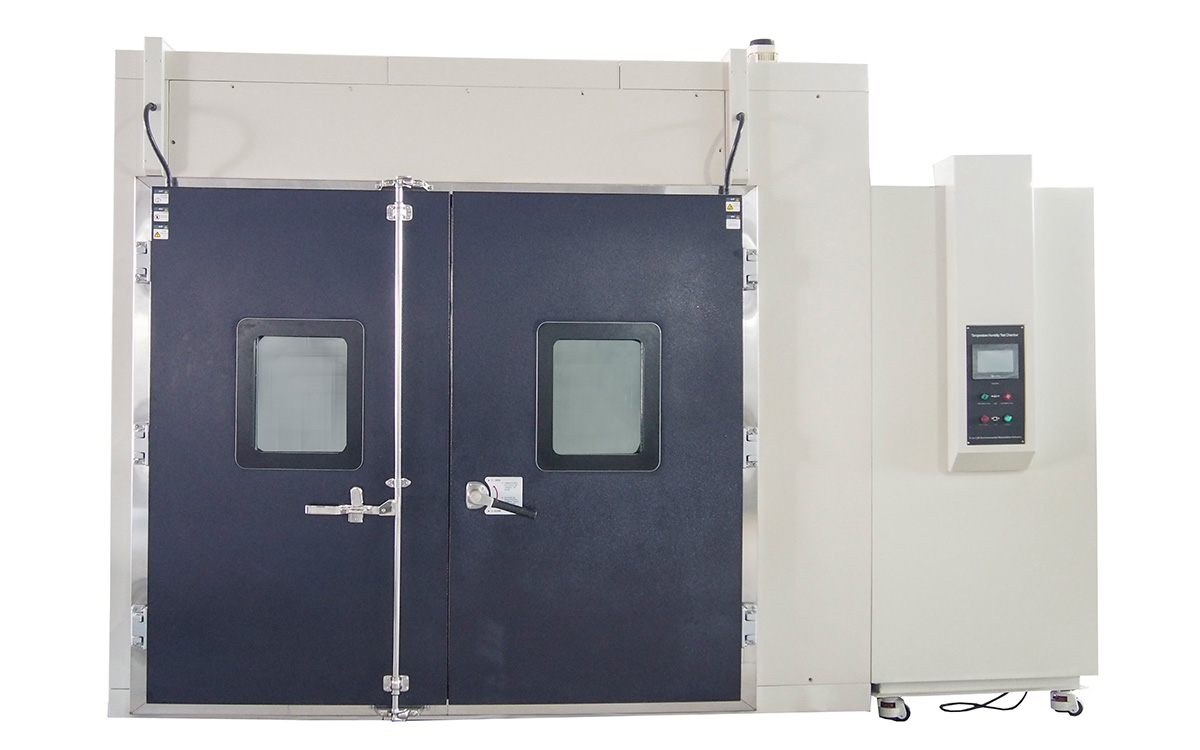
Utilization rate primarily refers to both the internal space utilization of the walk-in stability chamber and the external space utilization (laboratory space). For external space utilization, it is ideal if the walk-in stability chamber can be installed flush against two or even three walls, making full use of vertical space. In laboratories with limited space that still require maximum internal volume for placing more samples, a top-mounted fan with top air circulation is the best choice. This allows for a three-wall installation design, reducing the space required for maintenance access and increasing external space utilization. Regarding internal space utilization, pathways for sample placement and air return must be reserved. Any additional space can be used for shelves and samples, thus achieving higher internal utilization. This usable space for shelves and samples is known as the effective internal volume of the walk-in stability chamber, and it’s generally expected that internal space utilization should exceed 50%. The air circulation system inside the chamber, which includes top-mounted fans with two-sided or even four-sided airflow and top air return, is a good way to increase internal space utilization, maximizing vertical space and minimizing horizontal space occupied by air return channels. As a custom device, the walk-in stability chamber can be designed to meet user-specified height requirements. However, height should not be excessive because many laboratory workers are female, and most shelves are around 1.7 meters tall. An internal height of 2 meters is sufficient, allowing staff to place samples without using ladders or other tools, thereby reducing unnecessary risks.

According to current pharmacopeia and ICH Q1A guidelines, stability testing under various conditions often lasts for six months to one year, and multiple batches or types of samples need to be tested. Therefore, the walk-in stability chamber must operate continuously for long periods. The design life of a walk-in stability chamber is about 15 years. How can you ensure the reliability and stability of the components and reduce the failure rate? First, reliable and stable operation with low failure rates is achieved through the use of mature technologies, high-quality components, and strict manufacturing standards for the walk-in stability chamber. Second, the chamber’s insulation performance should be considered, which is typically measured through power failure tests during PQ validation. Finally, fast response times, a well-staffed service team, and a comprehensive supply of spare parts are critical factors to consider for after-sales support.
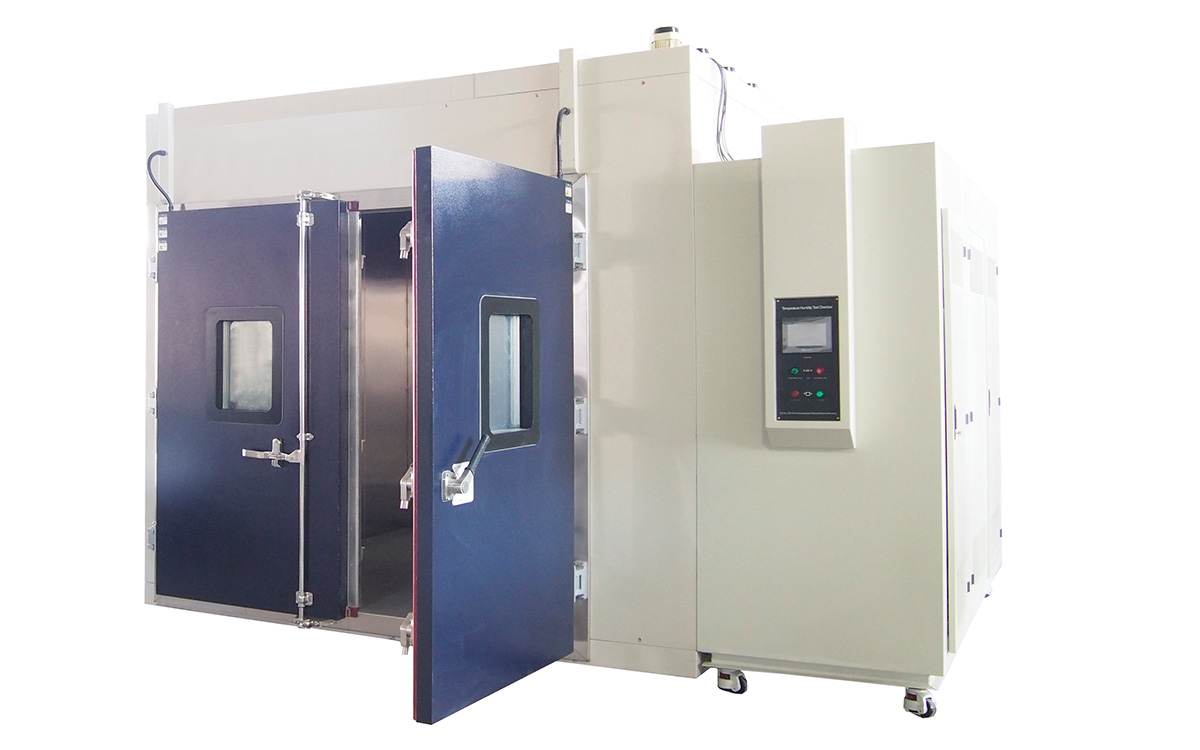
The safety of walk-in stability chambers primarily covers three aspects:
l Personnel Safety: Includes internal safety door locks and non-slip flooring.
l Data Safety: Ensures data isn’t lost in case of a power outage, controller password protection, and software compliance with FDA 21 CFR part 11 for data integrity.
l Equipment Safety: Includes independent temperature controllers for high/low temperatures, audible and visual alarms, remote alarms, automatic power-off features, and fault diagnostics.
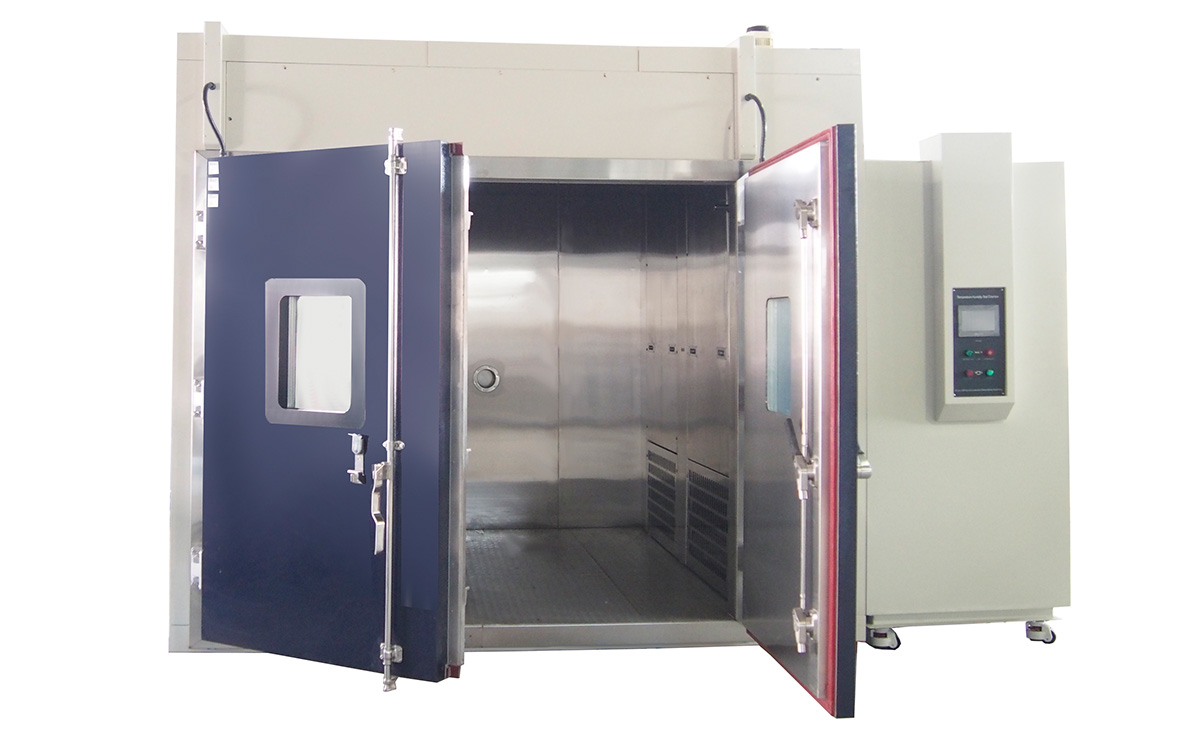
As mentioned earlier, the design life of a walk-in stability chamber is about 15 years. This requires mature technology and high-quality components to support and maintain the hardware’s lifespan. Beyond the hardware, after-sales service has become a crucial factor for many companies when choosing equipment. Quick response times, sufficient service personnel, a comprehensive after-sales service system, and a well-stocked spare parts warehouse are key considerations for after-sales support. Like cars, walk-in stability chambers require maintenance and upkeep. These concepts, initially introduced by European and American brands, are now widely accepted by many pharmaceutical companies. Thus, it is necessary to conduct yearly checks and maintenance on components such as humidifiers, compressors, pipelines, and electrical wiring.
The advanced technology of a walk-in stability chamber mainly reflects its internal air circulation system and temperature and humidity PID control principles. For the equipment itself, it manifests in heating/cooling, humidifying/dehumidifying capabilities. Advanced PID control can quickly bring temperature and humidity to the set points, minimize overshoot, and reduce energy consumption. When temperature and humidity stabilize and the equipment operates in balance, some walk-in stability chambers can consume less than 1 kWh per hour and around 5 liters of water per day, mainly due to advanced PID control, EC variable frequency fans, and variable frequency compressors.
 English
English русский
русский français
français العربية
العربية Deutsch
Deutsch Español
Español